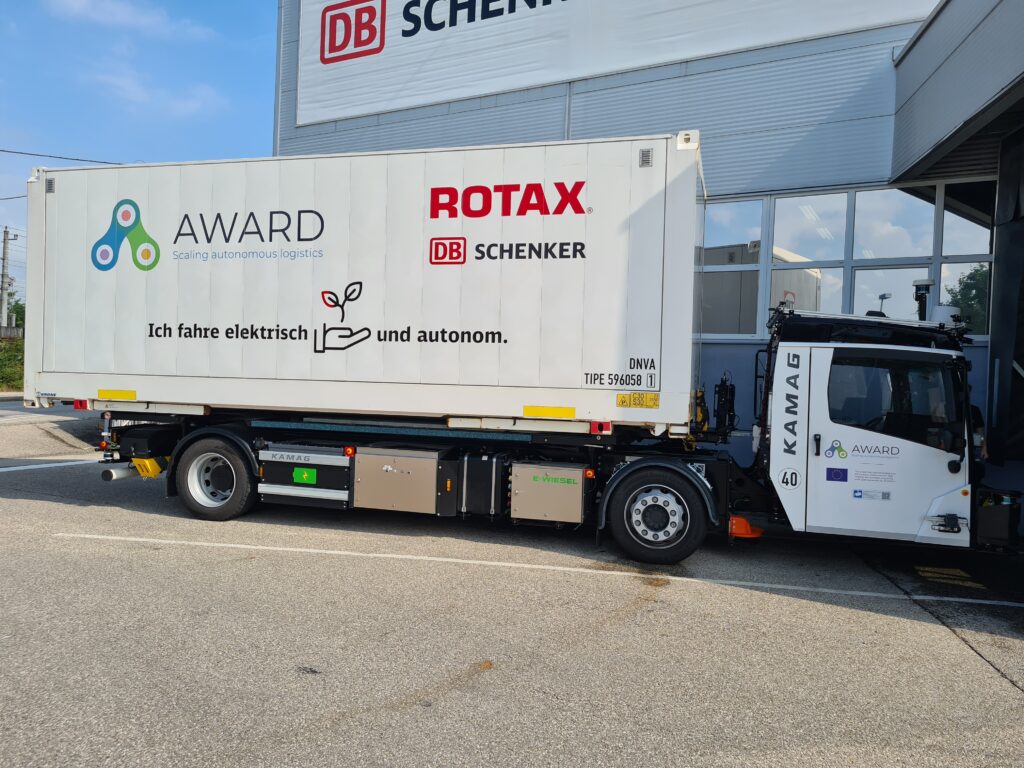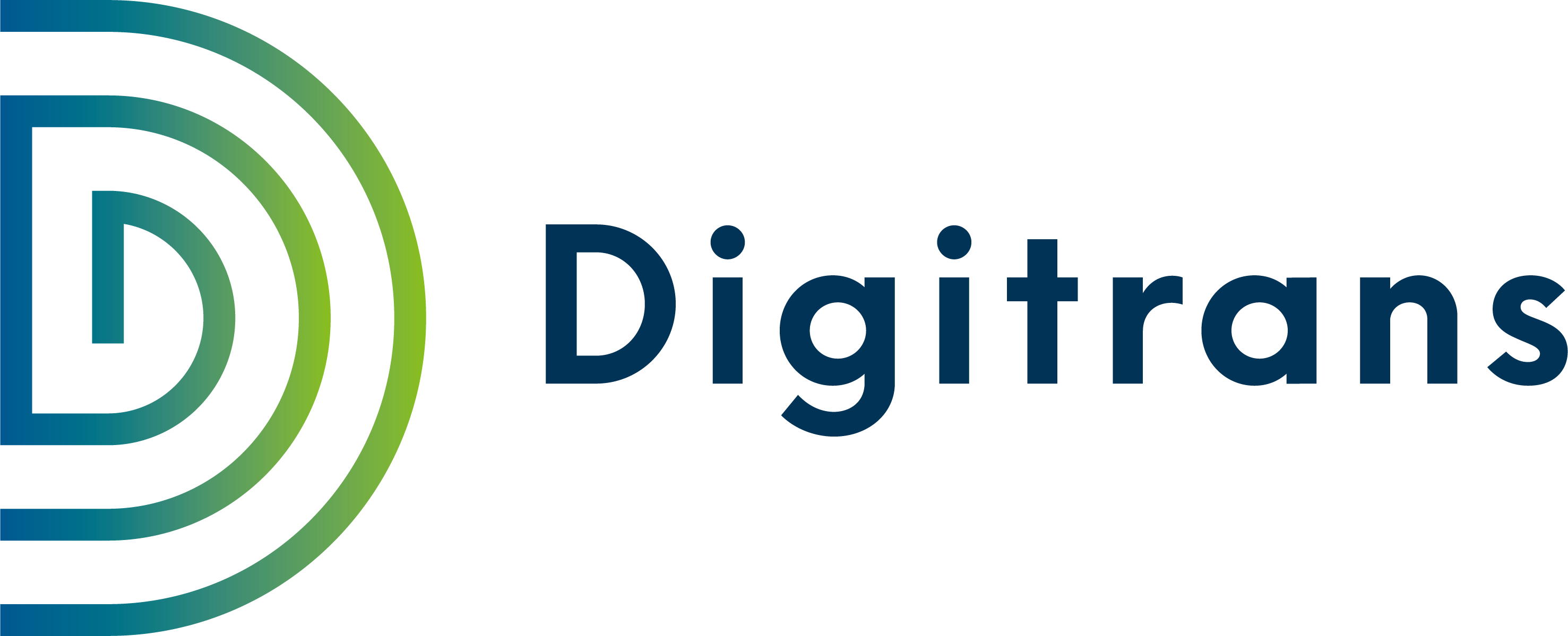Hub-to-Hub Use Case
This project targets the development and deployment of safe autonomous transportation systems across various real-life use cases, including the challenging environment of hub-to-hub operations. The Hub-to-Hub Use Case epitomizes the advanced implementation of autonomous transportation systems linking logistics hubs directly. This scenario showcases an autonomous swap body truck navigating between the engine factory of BRP-Rotax and the logistics hub of DB Schenker in Gunskirchen, Austria, traversing factory areas, side roads, main roads, and public crossings.
Objective
The primary goal of this use case is to demonstrate the significant potential of autonomous vehicles in improving hub-to-hub logistics, particularly for short-distance freight transport. This becomes increasingly relevant as the industry faces a scarcity of truck drivers. Through this demonstration, the project seeks to pave the way for the future of automated goods transportation.
The KAMAG TII Vehicle
The KAMAG TII stands out in the realm of autonomous heavy-duty vehicles, designed specifically for hub-to-hub logistics operations. This vehicle has been seamlessly integrated with cutting-edge EasyMile driverless technology, enhancing its capability to perform autonomously across a variety of operational environments.

Use Case Description
This use case involves a practical, real-world implementation in Upper Austria, where the automated KAMAG TII truck covers a 600-meter route between BRP-Rotax and DB Schenker’s facilities. This route is typically trafficked by conventional trucks, but the project aims to replace these with a driverless electric truck that operates independently of weather conditions. The initiative is led by Digitrans, with the collaboration of key partners, focusing on integrating autonomous vehicles into everyday logistics operations seamlessly and safely. Key phases include:
Focuses on operations during low traffic hours to minimize interaction with regular traffic. This phase also tests traffic segregation strategies using connected traffic lights, enhancing the safety and efficiency of the autonomous vehicle’s navigation through urban and semi-urban areas.
Aims to optimize the safety margins and adjust the traffic light schedules to effectively reduce congestion during higher traffic periods. This phase enhances the integration of the autonomous vehicle with the existing road infrastructure, promoting smoother transitions between autonomous and manual traffic systems.
To further test the robustness and adaptability of the system, teleoperated tests shift to the controlled environment of the DigiTrans proving ground. Here, the vehicle is subjected to a variety of weather conditions, from rain to snow, to assess its performance and gather valuable data on its sensors and operational capabilities under different environmental stresses.
Partners Involved








For further details, updates, and ongoing progress related to this use case, please visit our blog “AWARD’s Hub-to-Hub Use Case Testing“.
Use Case Forklift
Autonomous Truck loading with Autonomous Forklift demonstrator.